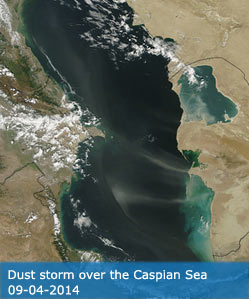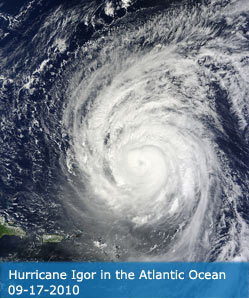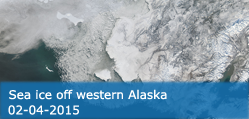Science Team
Publications
Dhital, S; Kaplan, ML; Orza, JAG; Fiedler, S (2021). Poleward transport of African dust to the Iberian Peninsula organized by a barrier jet and hydraulic jumps: Observations and high-resolution simulation analyses. ATMOSPHERIC ENVIRONMENT, 261, 118574.
Abstract
Most air quality stations in Spain exceeded the European Union's daily PM10 limit due to the February 2016 Saharan dust outbreak, which resulted from two successive dust storms in Northwest Africa. This study identifies the meso-beta/meso-gamma-scale dynamical processes responsible for developing these dust storms using observations and high-resolution Weather Research and Forecasting model coupled with Chemistry simulations. The results revealed that the first dust storm was associated with a strong barrier jet (BJ). The BJ formed on the southeastern foothills of the Saharan Atlas Mountains (SAM) when an easterly-northeasterly low-level Mediterranean flow was blocked by a stably stratified layer close to the SAM. The BJ intensified just after sunrise on 20 February and the associated near-surface peak winds organized the first dust storm. The second dust storm was linked to a mesoscale gravity wave (MGW) and hydraulic jumps. A long-lived westward propagating MGW was triggered by a downslope flow interacting with the stable layer near the northeastern edge of the Tinrhert Plateau in eastern Algeria. When this MGW crossed the Tademait Plateau, hydraulic jumps formed on its lee side. The strong winds accompanying these hydraulic jumps formed the second dust storm on 21 February. The lifted dust extended over a depth of 2-3 km in the growing daytime boundary layer and was advected poleward by the southerly/ southeasterly mid-tropospheric winds. Our results underline the importance of resolving terrain-induced mesoscale processes to understand dust storm dynamics, which are difficult to represent in coarse-resolution numerical models.
DOI:
10.1016/j.atmosenv.2021.118574
ISSN:
1352-2310




